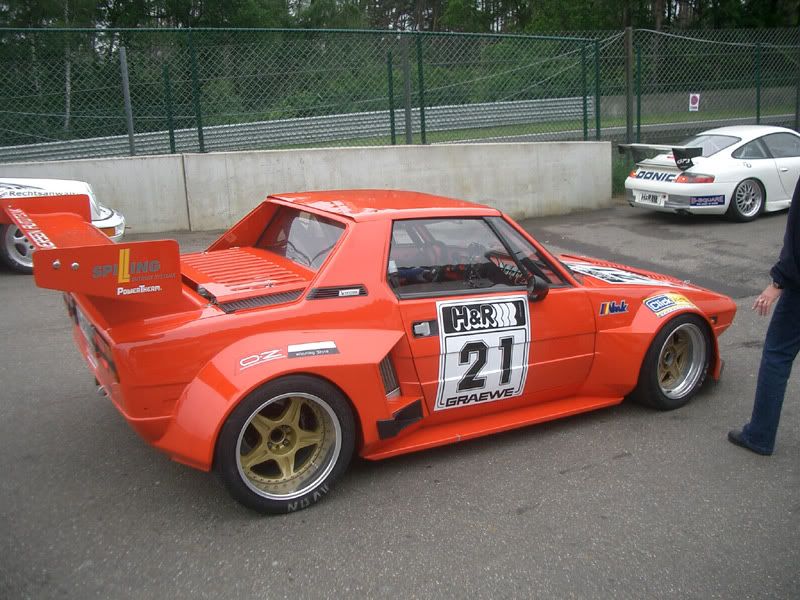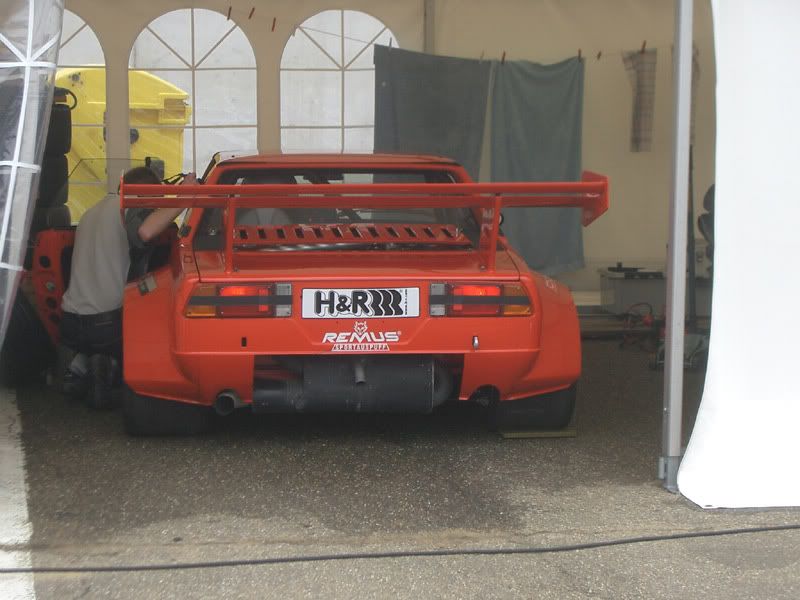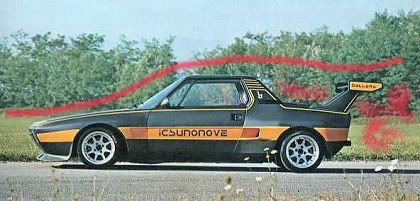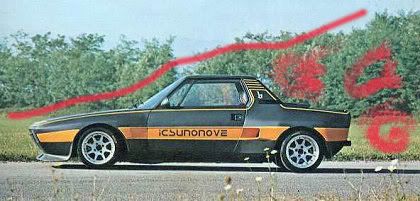Greg (in Conn)
Bertone curator - X driver
Wil is onto something but...
I don't think George is racing this Martini X though...
Here is a shot of Graversen with the same angle wing Wil is talking about...
Although I have seen many more photos of him running the split wing below.



I don't think George is racing this Martini X though...
Here is a shot of Graversen with the same angle wing Wil is talking about...
Although I have seen many more photos of him running the split wing below.



















